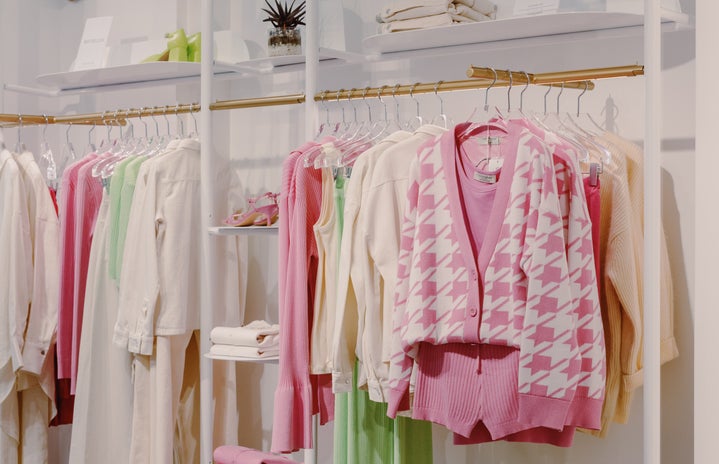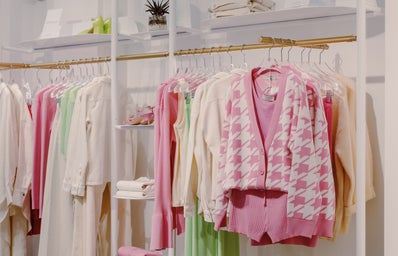These days, it feels like everyone is talking about recessions and economic downturns. Coupled with the recent return to normalcy after the shakedown of the pandemic, it’s intuitive to think that the rise of fast fashion and micro trends means – for the fashion industry at least – the demand for luxury goods would slowly dwindle into obsolescence. Fast fashion provides the same celebrity runway looks at a faster pace and with cheaper materials – rendering a final affordable product for people to wear for just a few months before replacing. A concept, in theory, and the current cost of living crisis, could theoretically wipe out the need for luxury brands like Louis Vuitton and Givenchy. So why is it that the parent company (owning both brands) reported almost a 21% growth rate in the first half of 2022?
Social media
One of the biggest methods of communicating to a wide audience in the age of post-pandemic life is through social media, something that luxury fashion brands have started to take extremely seriously. Starting with fashion weeks and runway shows highlighting the top designers of the industry, social media has seen a rise in ‘fashion’ influencers who are often invited to runway shows, gifted runway pieces, and attend parties with the fashion elite to allow consumers an inside look into the elusive world of luxury fashion. Based on a December 2020 Forbes article, nearly 66% of luxury marketing comes from influencer deals as brands understand the value of opening their doors to a wider audience while still preserving the allure of individuality that statement pieces usually bring in luxury fashion. However, this still begs the question, why do people continue to cater to these brands, social media influencers or not?
SOCIAL STATUS AND THE ‘CULT OF EXCLUSIVITY’
It’s no secret that one of the biggest reasons luxury brands have held prices for their products so high – and continue to do so – is because they rely heavily on the fact that they boast some of the best quality products on the market. Because of the durability and class of the product, there’s inherently a lower number of goods produced, and therefore a film of exclusivity covers the products and has people vying for them. It’s also a huge reason that luxury brands have survived so many recessions and economic downturns – consumers in the long run much prefer something (if they can afford it) that will last them a ‘life cycle’ rather than something they’ll be forced to replace in a few years or something that has a higher chance of being defective. Also, luxury brands are often more ‘resilient’ because they aren’t affected by changes in the economy as much as other sectors – rich or not – they usually rely on having a fairly strong consumer base buying their products and turning their profits; following the theory of “the higher the price, the more status you’re theoretically buying”. However, it is important to note, that even though the reason they survive is quality and lesser products, the majority of their audience is still the ‘ultra-rich’ who aren’t usually affected by cost-of-living crises like middle and lower-class populations. People are drawn to the labels and ‘aesthetics’ that luxury brands have built for themselves, contributing to a big chunk of profits being a direct result of luxury goods being purchased in a bid to increase social status. But doesn’t this go against intuitive economic theory (the higher the price, the lower the demand because people find cheaper goods more accessible)?
VEBLEN GOODS
Veblen goods are luxury goods – usually a status symbol – that goes against the laws of supply and demand, as the more they increase in price, the higher their demand is. They aren’t intended to be purchased by the majority of consumers and are often not even marketed towards those, but are usually high-end luxury products that have an aura of exclusivity surrounding them and are usually associated with European luxury brands and upscale boutiques.
Veblen goods are a good way to explain the persistence of luxury in an era that is increasingly favoring accessibility and affordability over such products – the heightened status, the appeal to exclusivity with the ultra-rich, and the influence of, well, influencers have all contributed to the sustained popularity of luxury brands, and it doesn’t seem like it will be going away soon.

